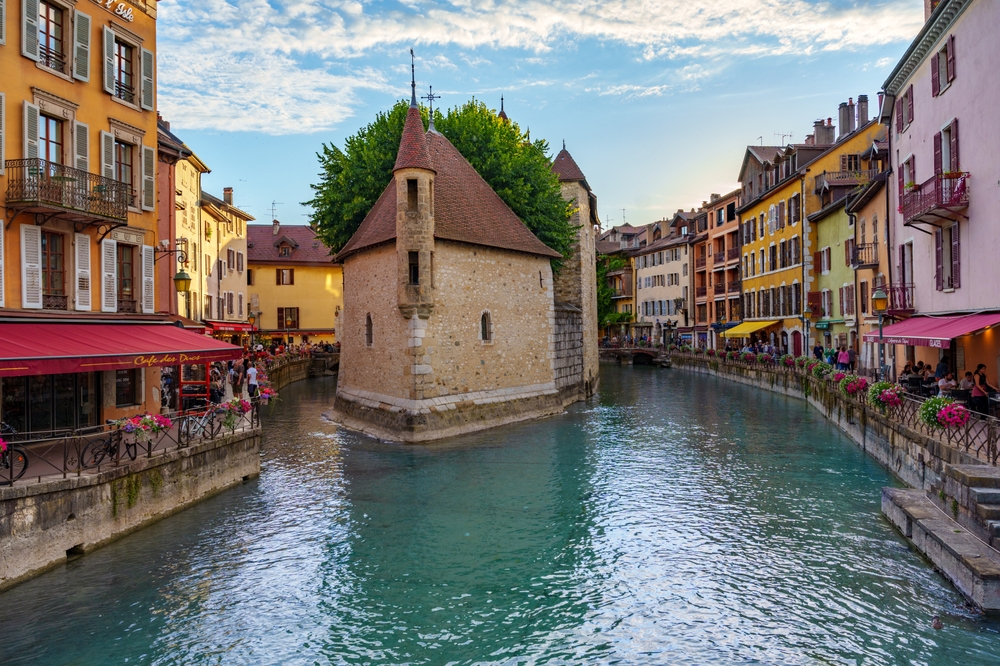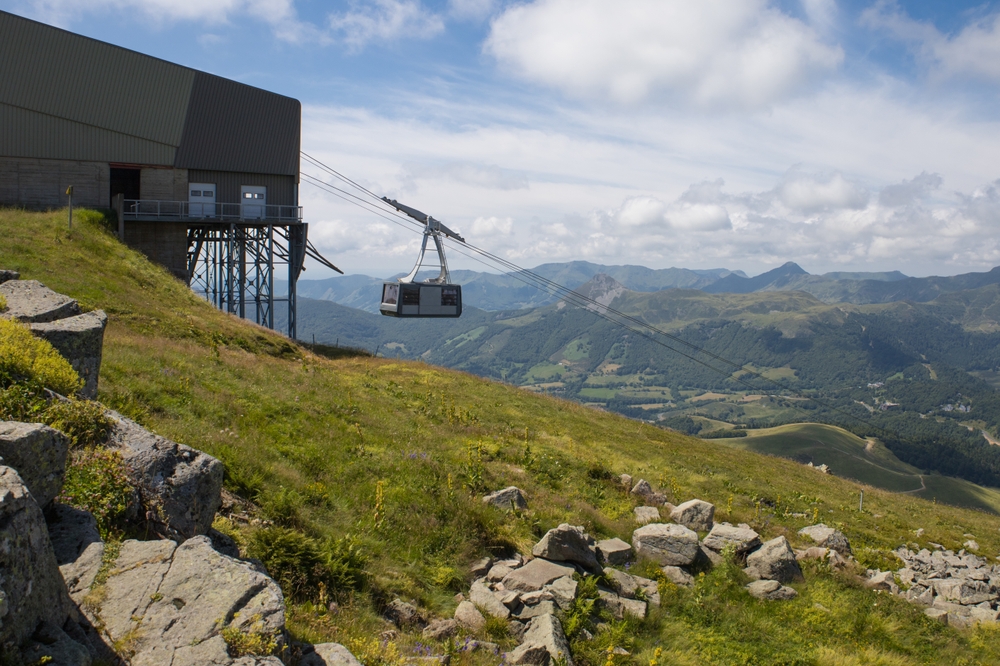
19 June 2025
The Auvergne Cheese Route
Teritoria takes you on a journey to discover the region with the Auvergne Cheese Route! Do you know what lies behind this route?
Cover photo: Cable car above the landscapes of Cantal ©Shutterstock / jef77
The Auvergne Cheese Route highlights five PDO cheeses: Cantal, Saint-Nectaire, Fourme d’Ambert, Bleu d’Auvergne, and Salers. Each offers guaranteed quality and distinct local character. Unlike wine routes, there is no fixed itinerary, but Teritoria recommends discovering these dairy specialties by visiting the towns that share their names.
Saint-Nectaire
This soft cow’s milk cheese is known for its creaminess and distinctive flavour. Its savoir-faire even dates back to the court of Louis XIV.
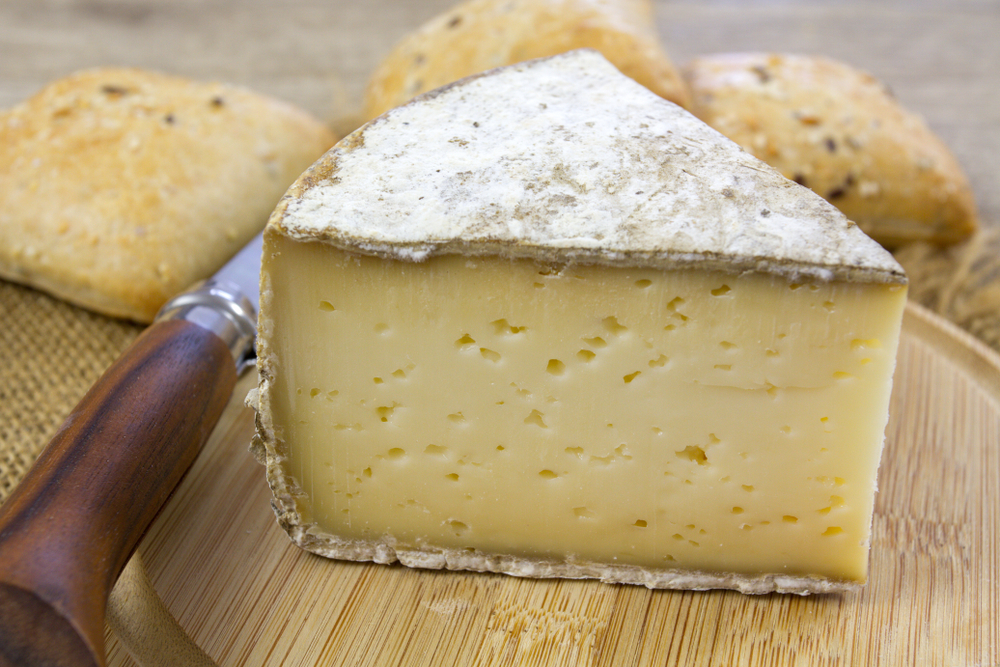
In a curve of the Couze Chambon valley lies the small town of Saint-Nectaire. Take your time to wander through it and discover its exceptional Romanesque church, perched atop Mont Cornadore and ranked among the top five Romanesque monuments in Auvergne. Admire the raw beauty of its white stones, hewn from volcanic lava, a reminder that Auvergne is an ancient volcanic land, where thousand-year-old rock lends the church its distinctive colour.
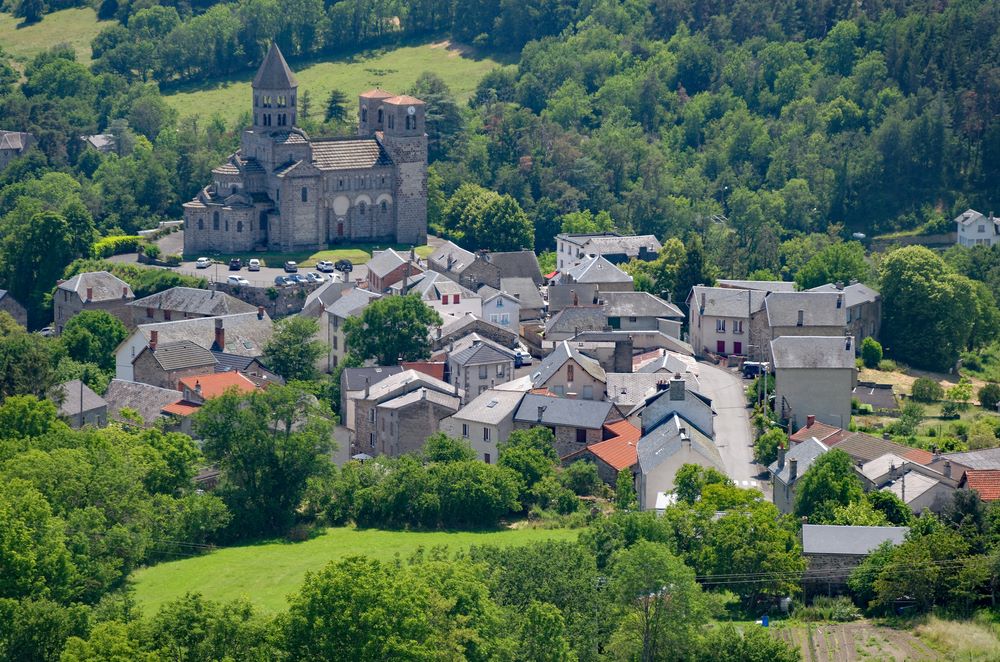
This unique volcanic identity is reflected in the town’s landscapes, from the old spa resort along the Courançon stream to the salt marsh and the petrifying water cave, which adds to the town’s charm. Saint-Nectaire has been awarded a Michelin Travel & Culture Star, recognising the site’s natural and artistic authenticity. When visiting Saint-Nectaire, don’t miss the Fontaine Pétrifiée (Petrified Fountain), a striking natural wonder known for its calcite formations. The water from the cave is exceptionally rare and has even inspired works of art.
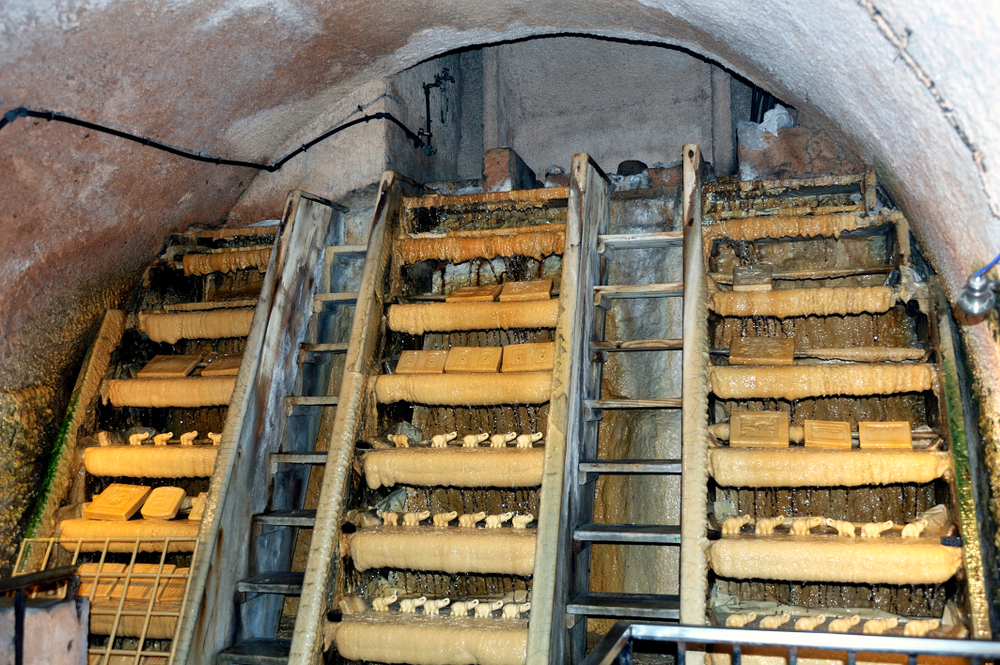
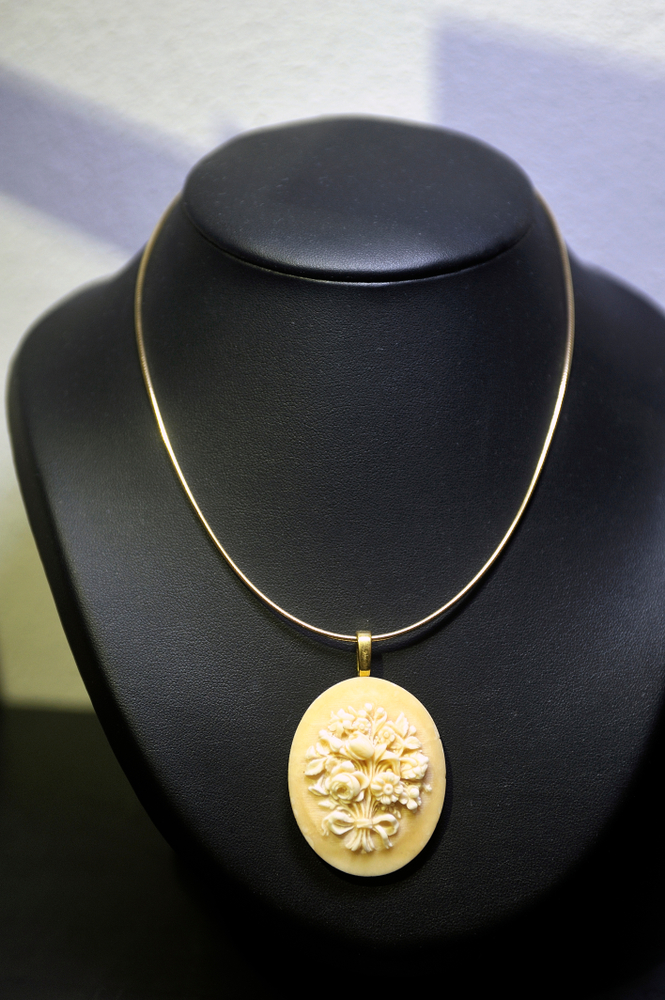
Just a stone’s throw from Saint-Nectaire lies Freydefont-Saint-Nectaire and its dairy farm. Join passionate farmers as they take you through the making of Saint-Nectaire cheese, from milking (at 6 p.m., Monday to Saturday) to lactic fermentation (from 10:30 a.m. each morning).
Fourme d’Ambert
The word “fourme” might sound familiar, but do you know what it means? It comes from Old French and originally referred to the mould or container used to shape cheese made from rennet or curdled milk. Over time, the word came to refer to the cheese itself: “fourmage” eventually became “fromage”. Today, only Fourme d’Ambert retains this historic name, a fitting link to its past, especially for a cheese made using mould from rye bread.
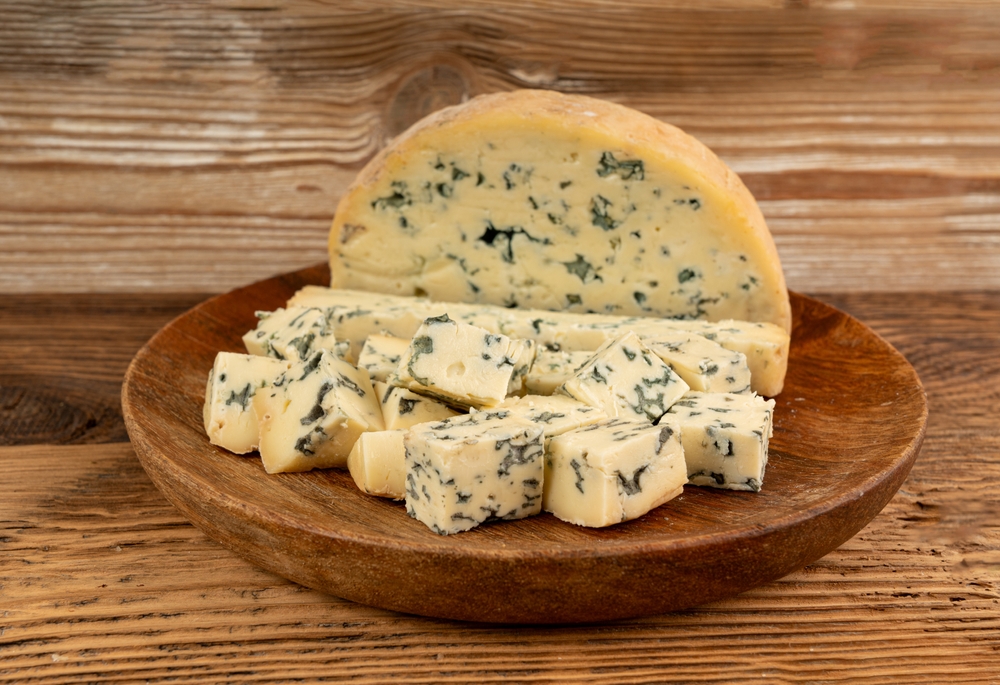
Ambert, officially recognised as a cycling town, lies in the plain that shares its name, surrounded by the Monts du Forez and the Monts du Livradois. Originally known for the high quality of its paper, used in the first editions of the Encyclopaedia in 1751, the town is home to several architectural treasures. Among them: the Gothic parish church of Saint-Jean and the Dolmen de Boisseyre, both listed as Historic Monuments. And don’t miss Ambert’s distinctive circular town hall, said to resemble the shape of a Fourme d’Ambert cheese!
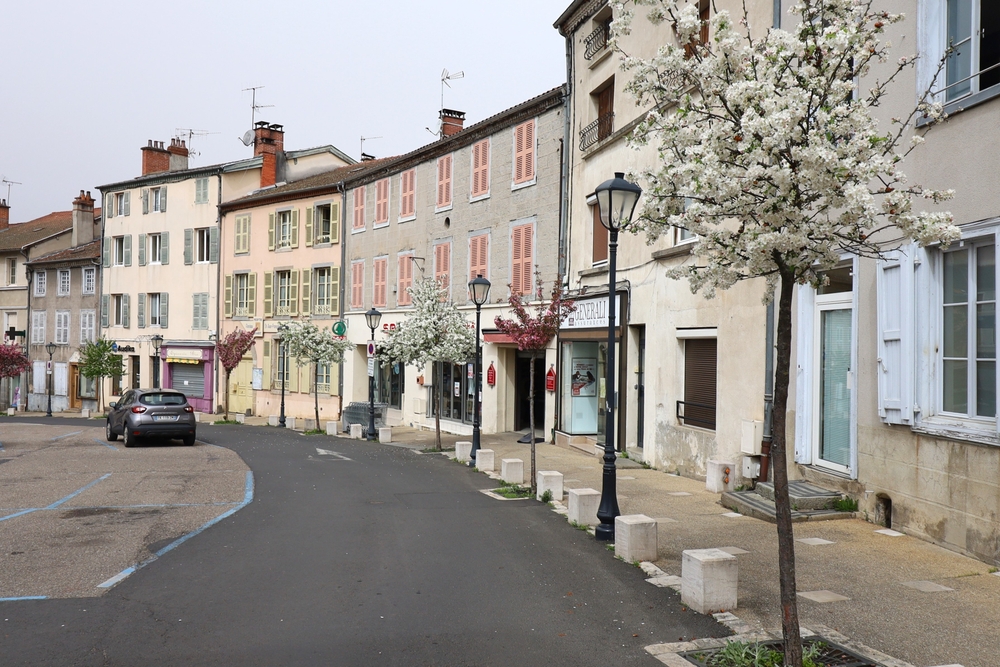
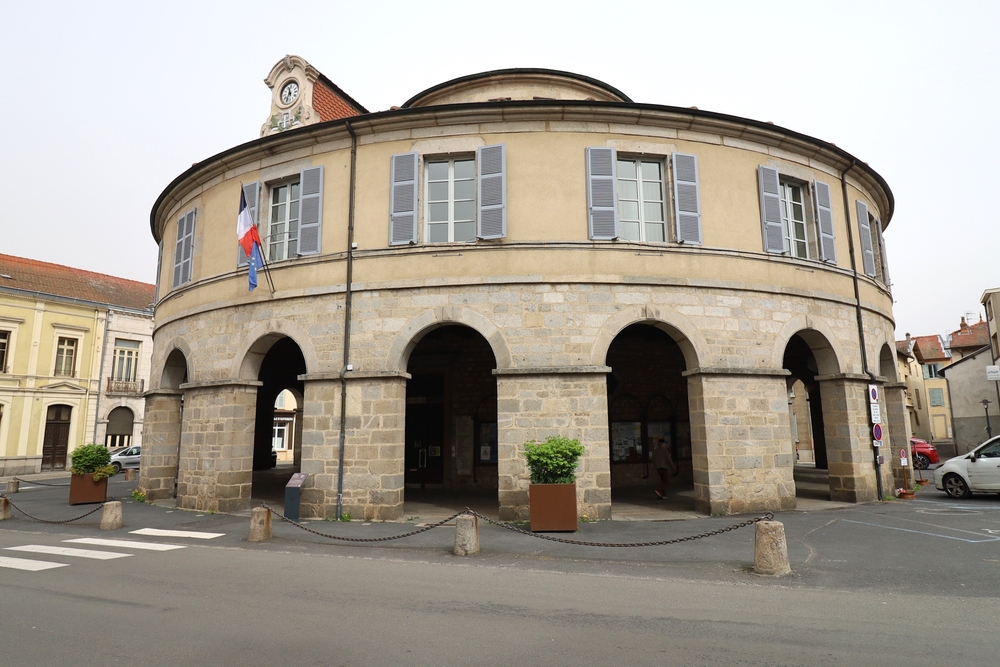
In the heart of the town, the Maison de la Fourme d’Ambert has been welcoming visitors from Tuesday to Saturday since the 14th century. It offers a chance to explore the history of this iconic cheese and understand how it’s made. After a delicious tasting in the cellar, set off to discover the jasseries, traditional wooden and granite huts with hollow tile roofs, and learn about the seasonal dwellings used by farmers during the summer months. Taste the sweet and savoury flavours of Auvergne’s PDO cheeses, watch the cheese-making process from curdling to tasting, and don’t miss the butter churn!
Bleu d’Auvergne
A must-try on the Auvergne Cheese Route, Bleu d’Auvergne is a raw milk cheese made with rye bread mould. It has a creamy ivory texture, blue-green veining, and a delicate floral aroma.
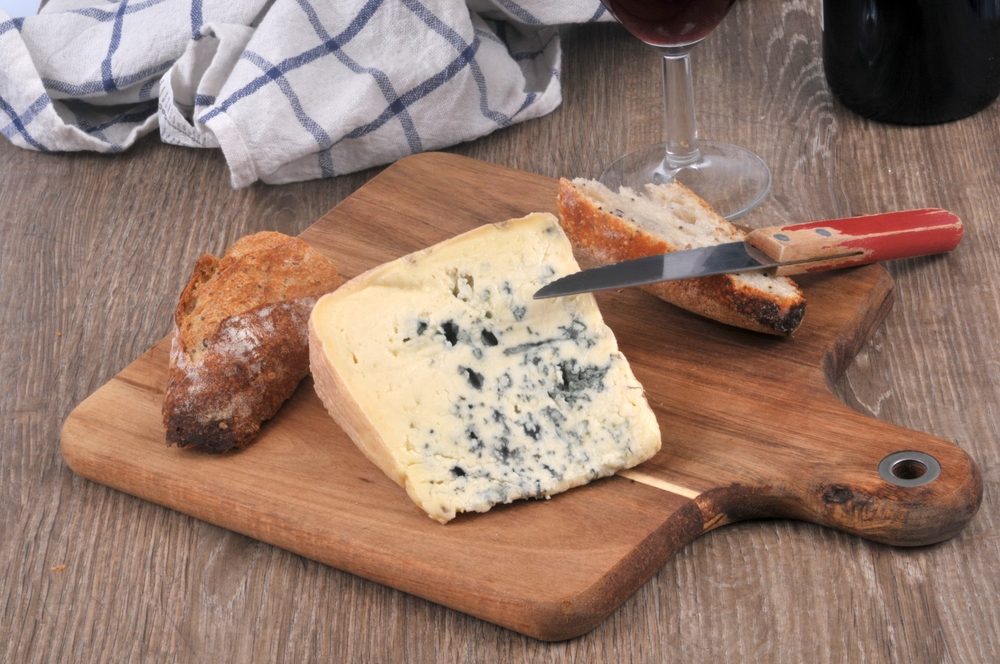
This cheese originates from the small village of Laqueuille, perched at 1,050 metres in the heart of the Auvergne Volcanoes Natural Park, the highest village in the region. With just 500 inhabitants, Laqueuille was once known as La Colha, meaning ‘shepherd’s hut’ in the local Pyrenean dialect. It is here, on this ancient rocky outcrop, that the famous Bleu d’Auvergne is matured for at least 28 days in cellars, with regular pricking to encourage the growth of Penicillium roqueforti. Its story is brought to life at the Laqueuille Museum, through exhibitions and shows blending provocation and banditry…
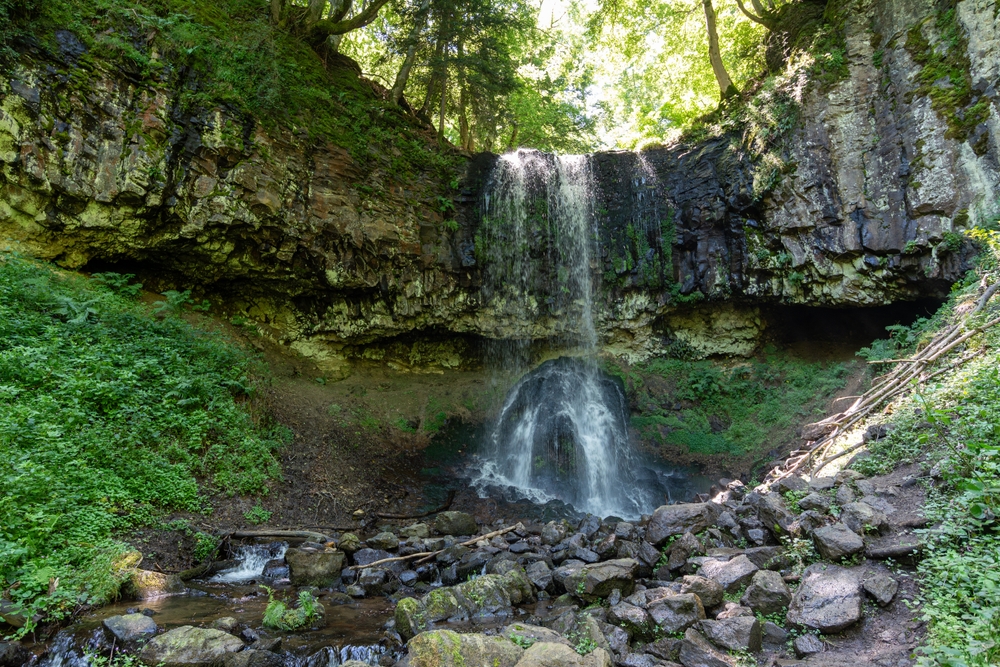
As you pass through this small, authentic village, let yourself be charmed by the Monts Dore during a hike to La Banne or the Trador Waterfall. As you climb toward the hamlet of Trador, a geological fault reveals a natural waterfall. Formed from ancient lava flows, the cooled rock fractured into striking polygonal columns known as ‘organs’.
Salers
A member of the Auvergne PDO label since 1961, Salers cheese is made from raw milk collected from local farms and aged for seven months in wooden moulds. From April to September, the region’s red cows graze on lush pastures, producing a uniquely rich milk.
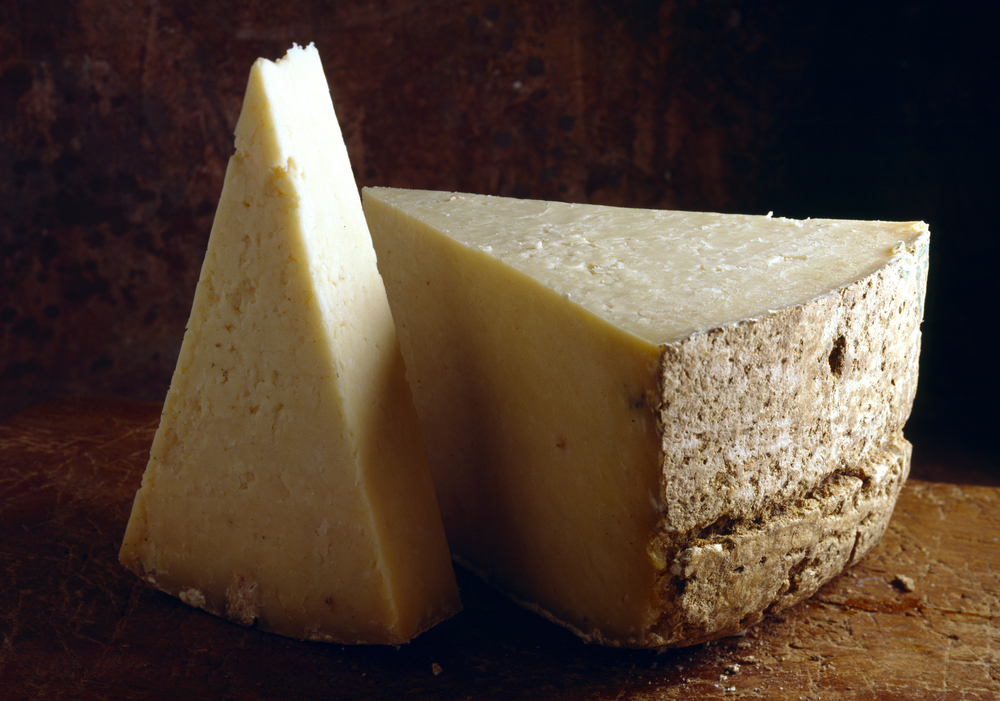
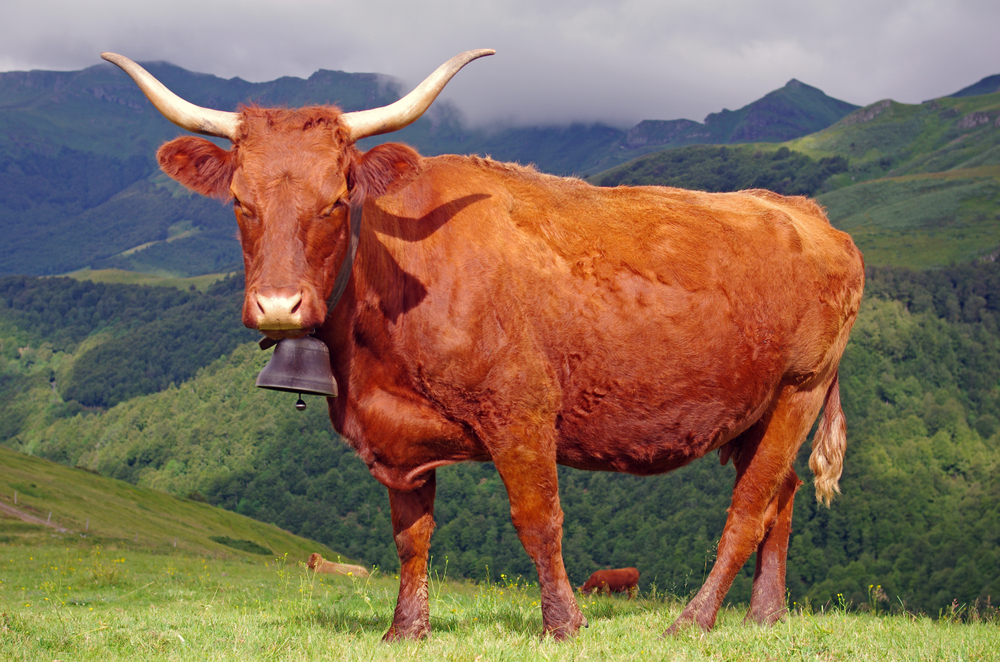
The produce here is as colourful as the little town of Salers itself. Perched at 950 metres in the Monts Cantaliens, this medieval village is listed among France’s ‘Sites Remarquables du Goût’ (Remarkable Sites of Taste). Visitors can explore the Church of Saint-Mathieu and the old bourgeois houses built from volcanic stone and slate. Sports enthusiasts will enjoy the ‘La Pastourelle’ trail, which offers breathtaking views of the Cantal region, whether by mountain bike or on foot.
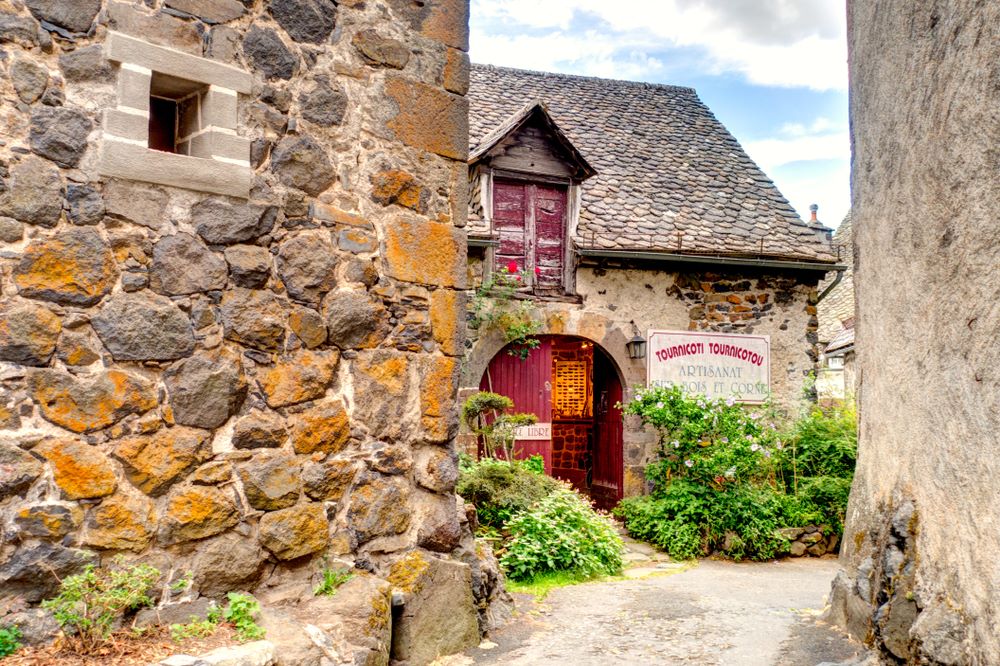

Just a few kilometres from the village of Salers, the farm “Les Burons de Salers” invites you to discover the history of the region’s famous cheese, gentian liqueur, and the local speciality: truffade.
Cantal
Last but not least on the Auvergne Cheese Route is Cantal, named after the ancient Gaulish-Celtic word Cantalo, meaning ‘borders.’ This sparsely populated mountainous département offers raw, untamed beauty across a range of landscapes and weather conditions: green rolling valleys, glaciers, lava flows, lakes, and of course, AOP cheeses.
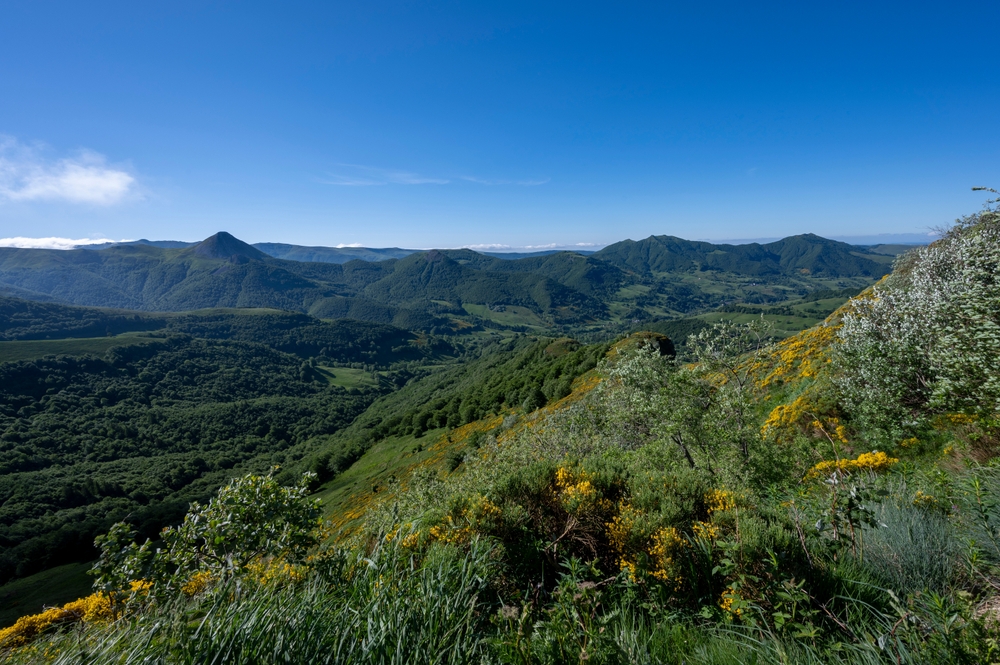
Cantal is the oldest cheese in the region, with a history stretching back nearly 2,000 years. Its distinctive flavour comes from the rich pastures of the Cantal region and a preparation process that includes over 30 hours of cellar ageing.
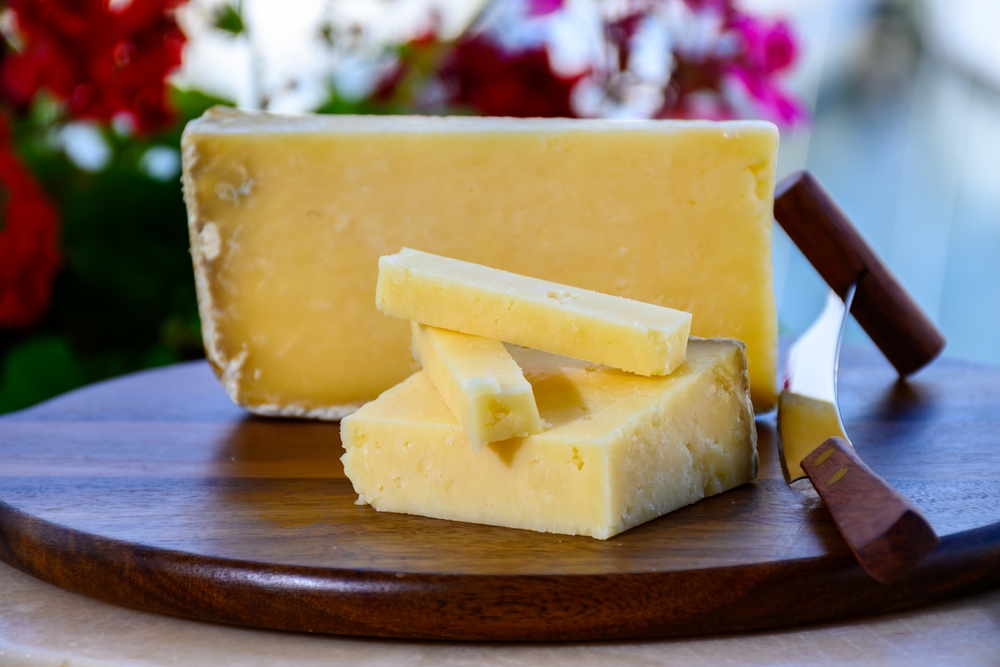
This explains why there are different types of Cantal, depending on how long they’ve been aged: the youngest is less than two months old, the mature variety is aged for over six months, and the older it is, the more intense its flavour.
No more searching for brown signs to guide you along the Auvergne Cheese Route, you now have everything you need to meet producers and discover their savoir-faire. To explore more routes celebrating local produce and our regions, subscribe to our newsletter. Extend the experience with a gourmet getaway using our gift cards and boxes, valid at all our partner establishments in Auvergne and beyond. Perfect for lovers of local flavours, our loyalty programme offers exclusive benefits at every stage of your journey, for ever more authentic stays.
By Émilie FALLOT NGUYEN
